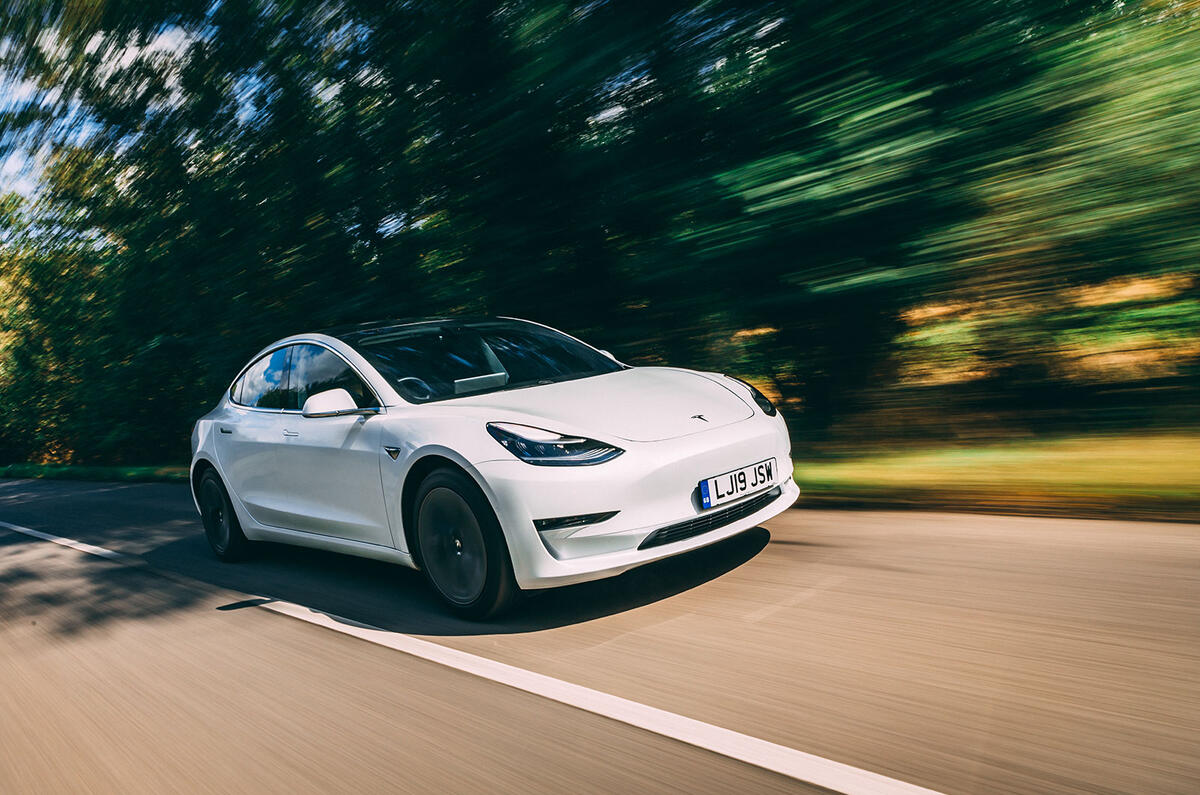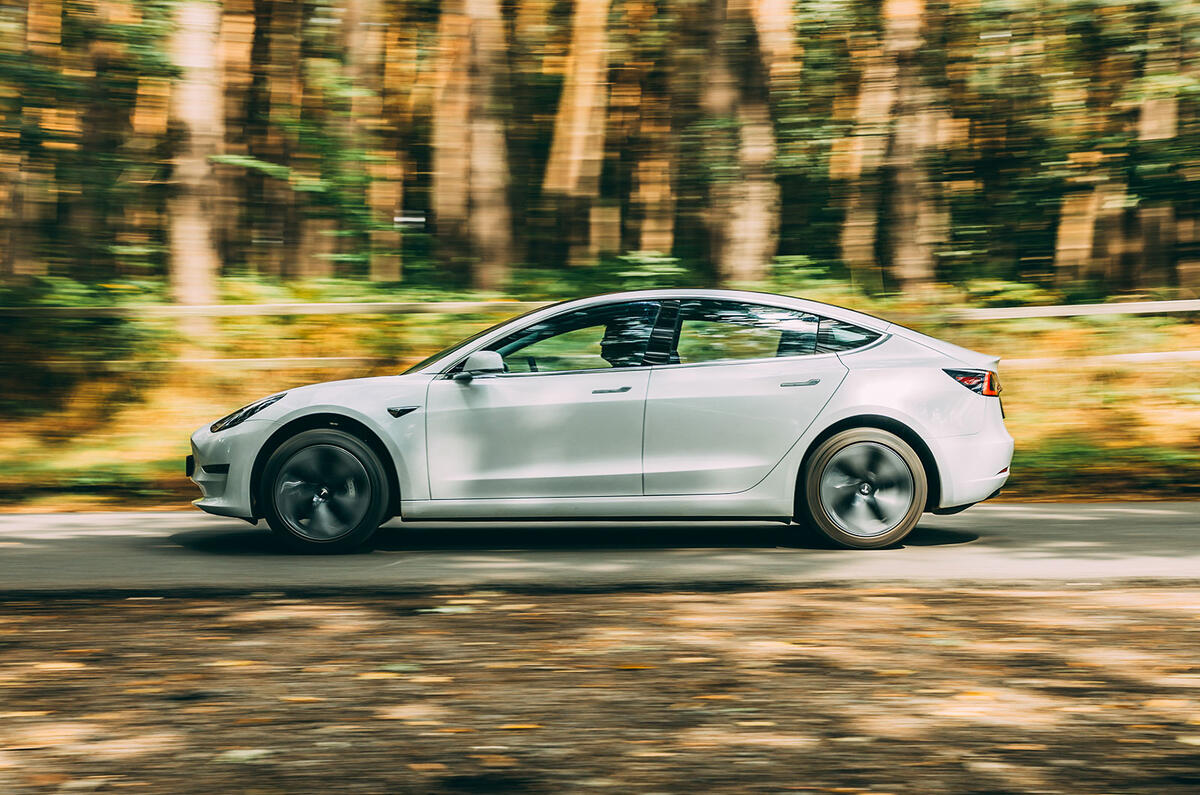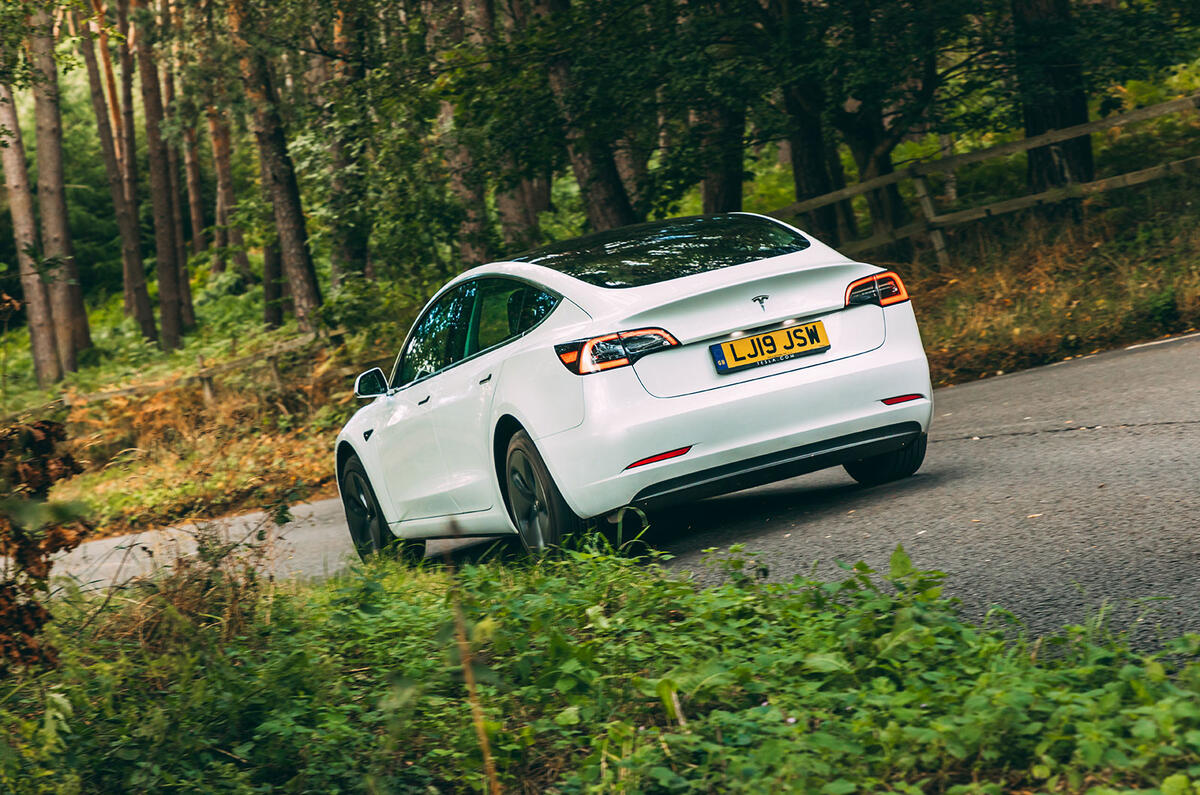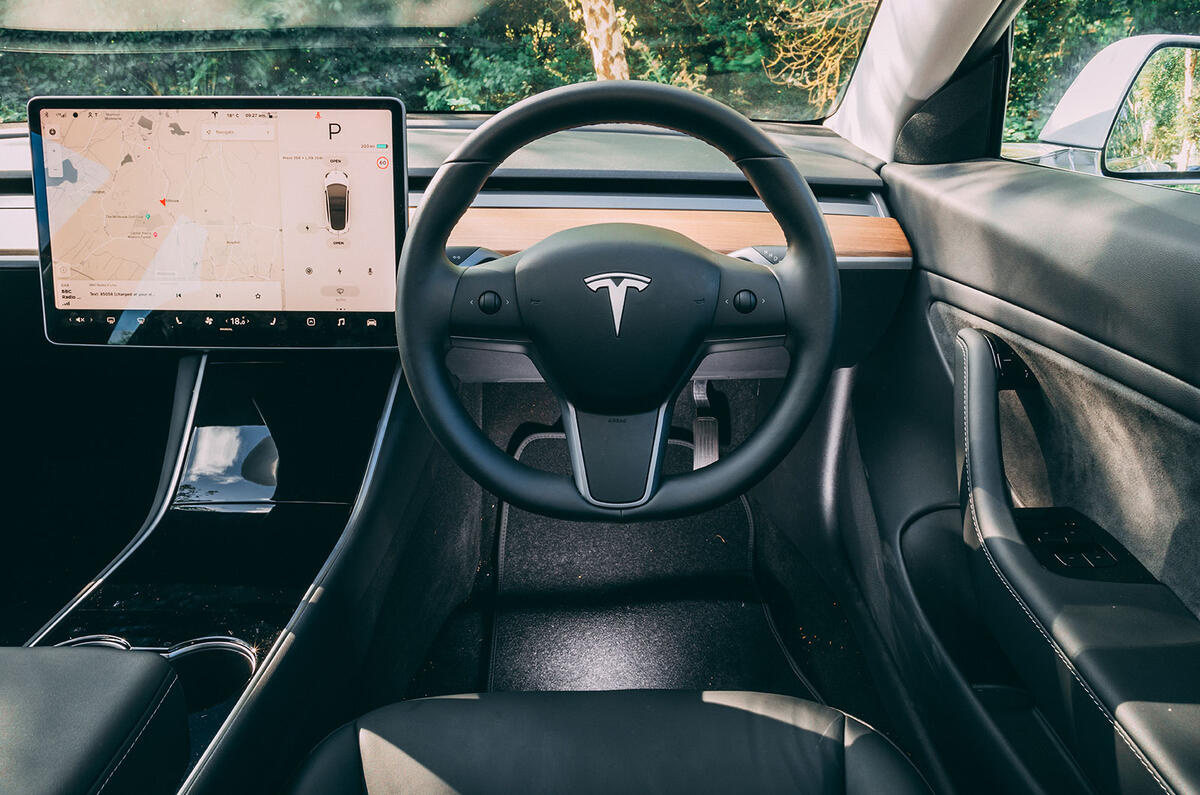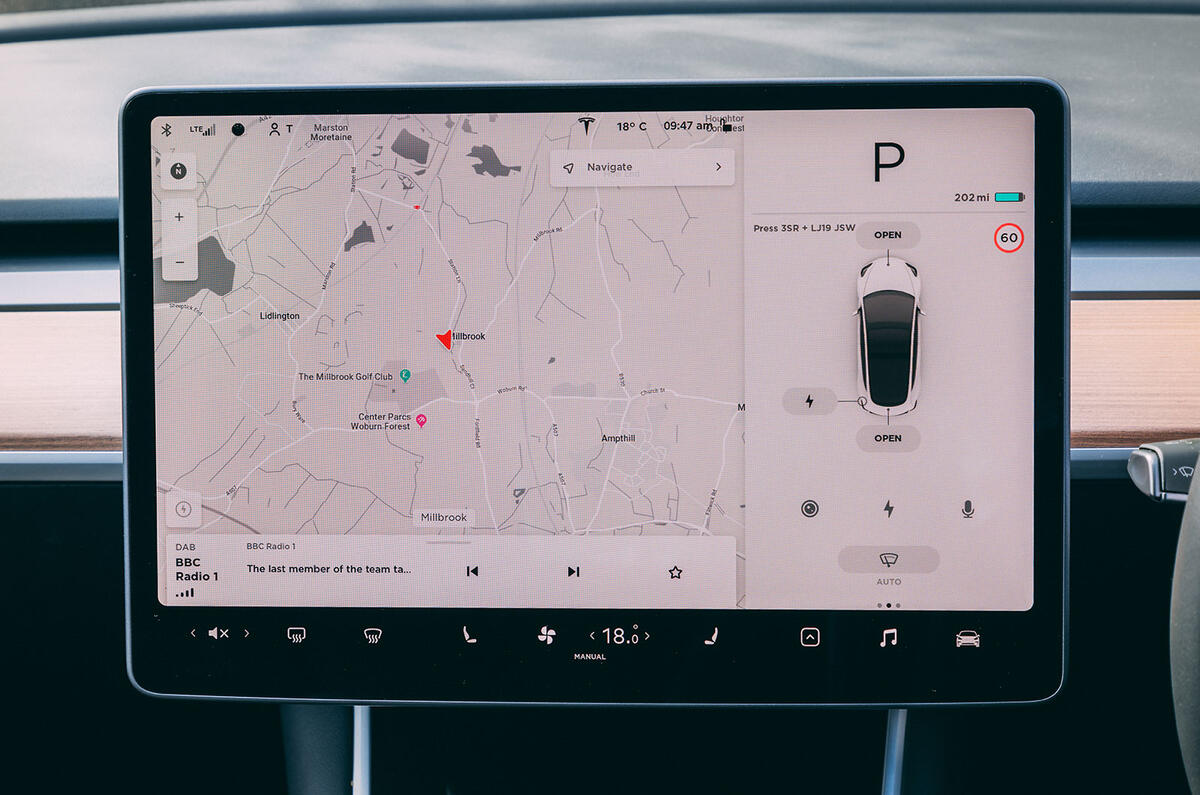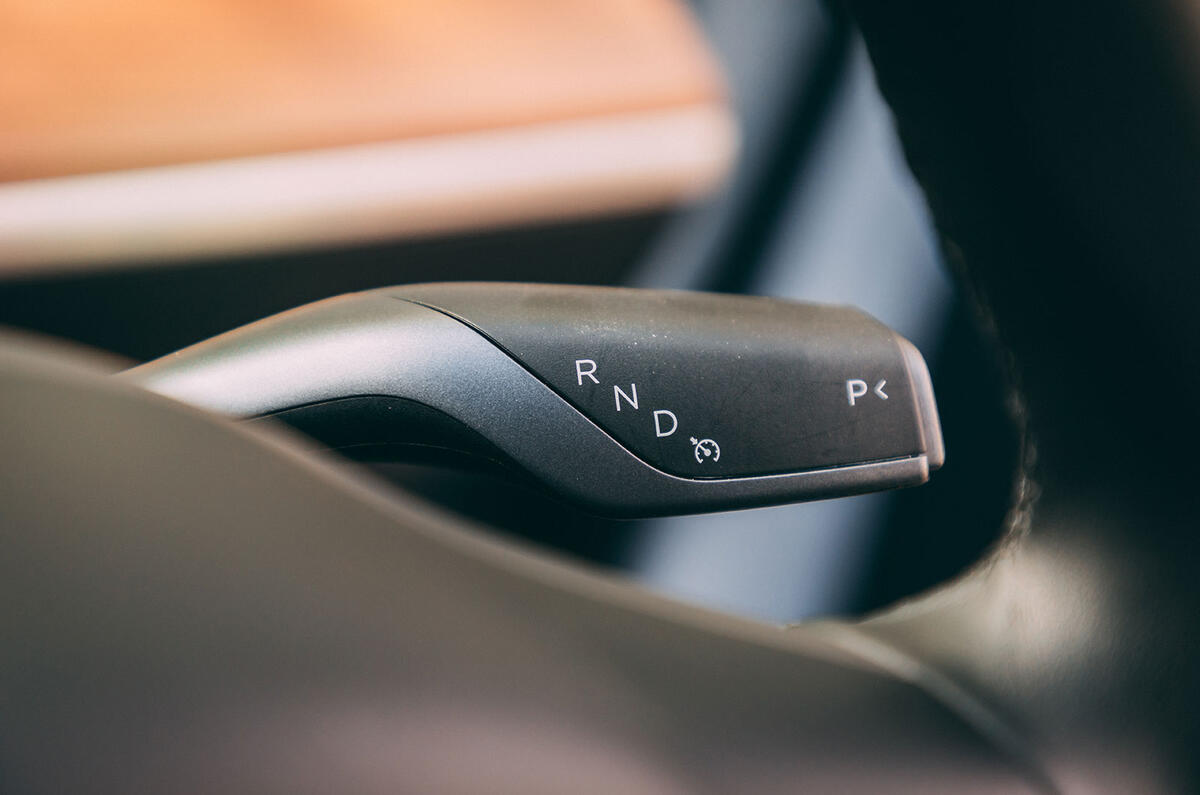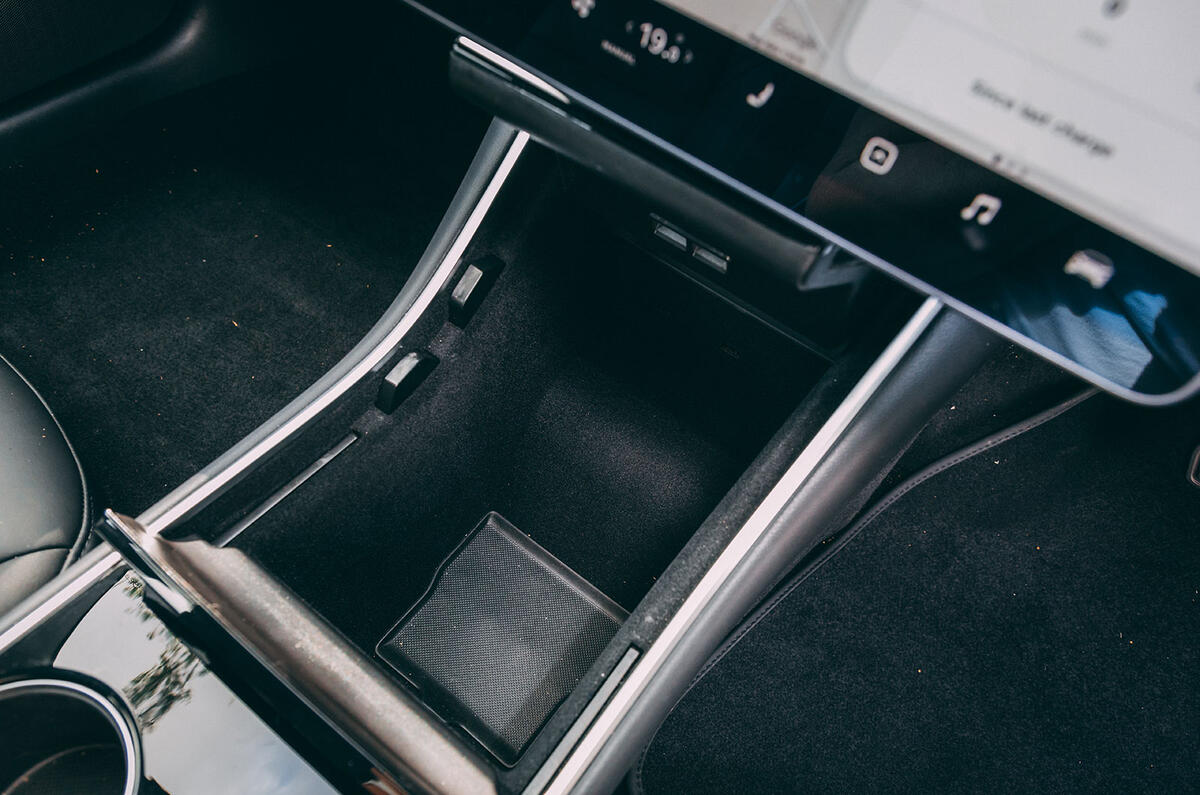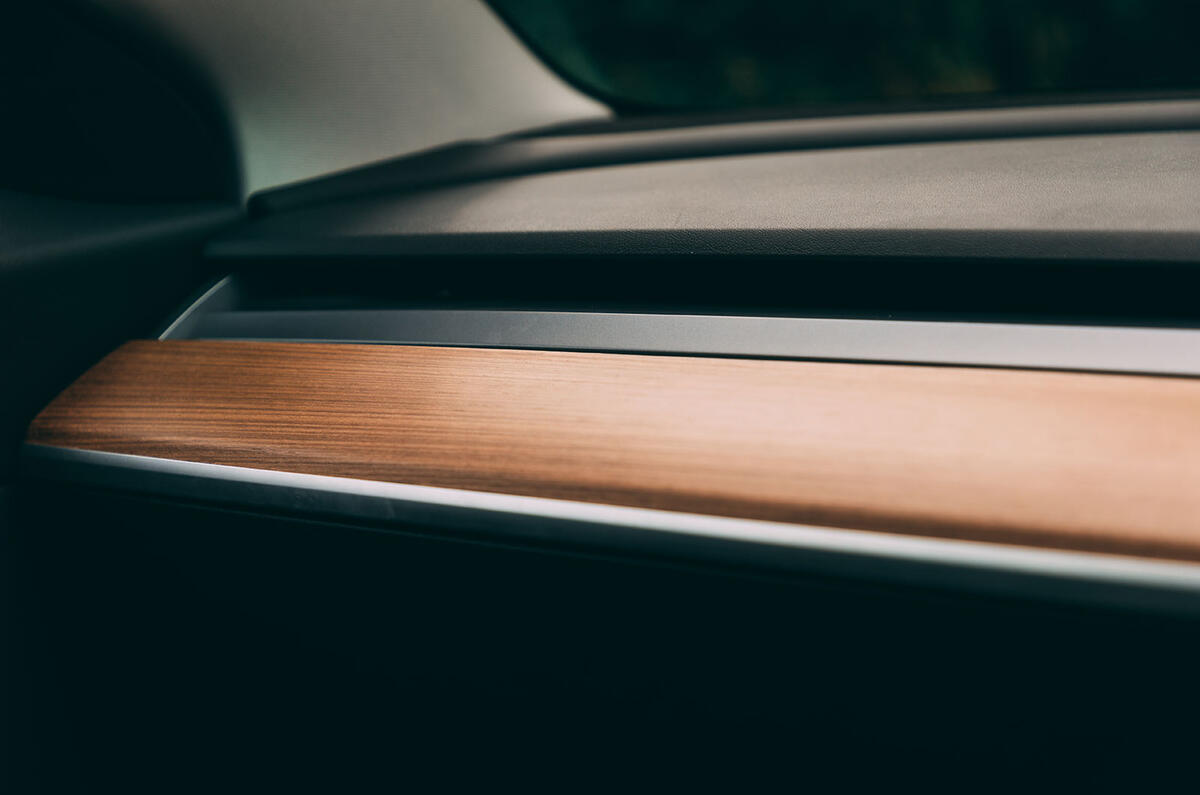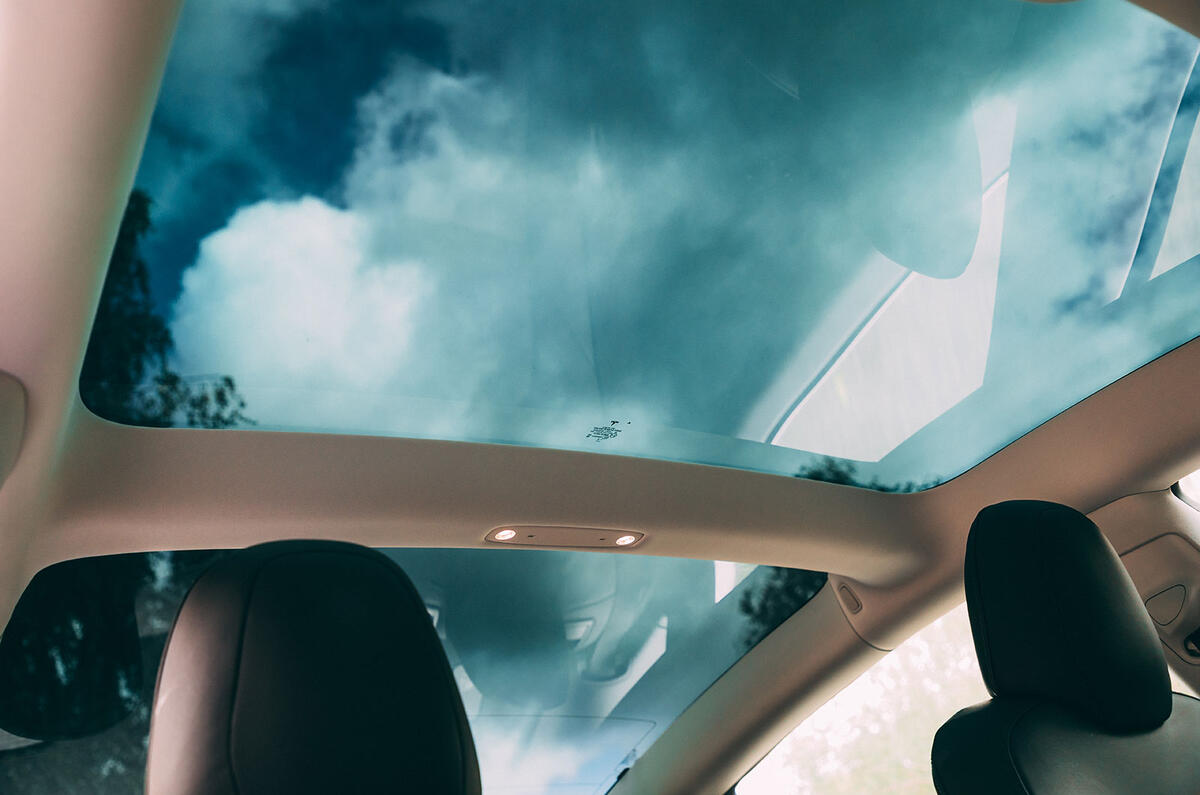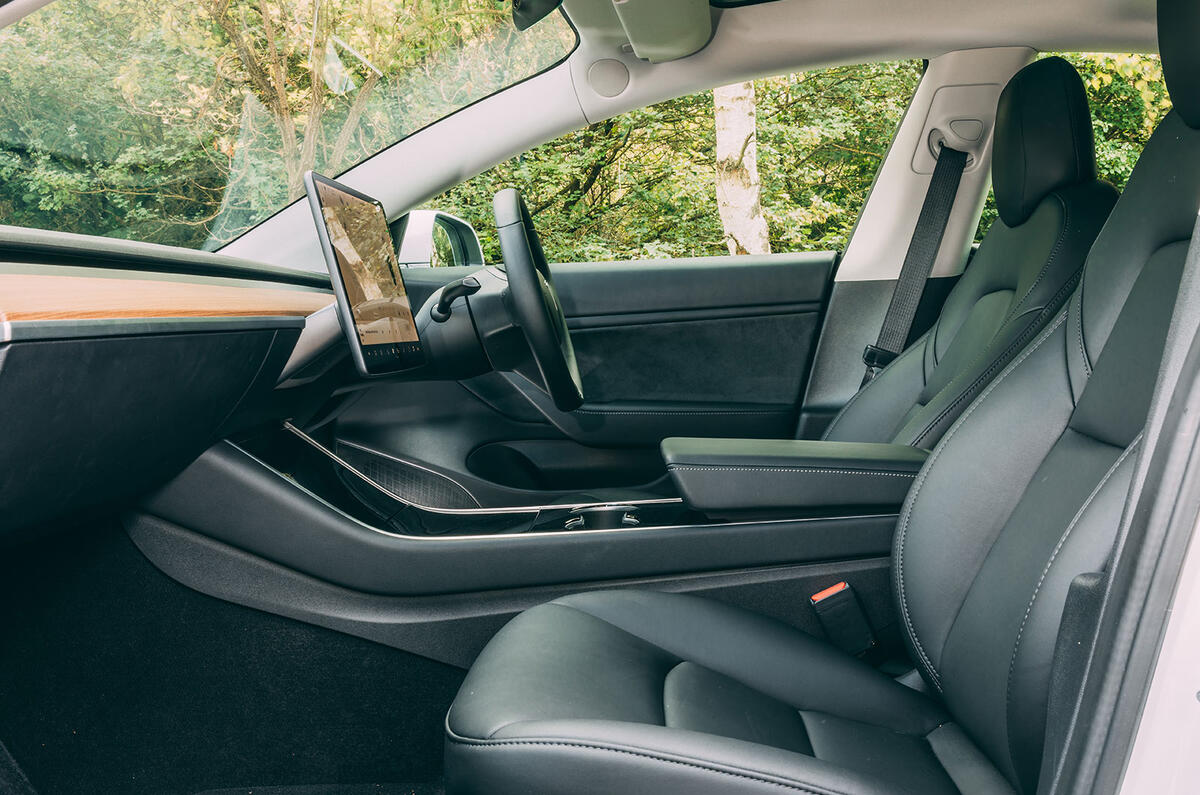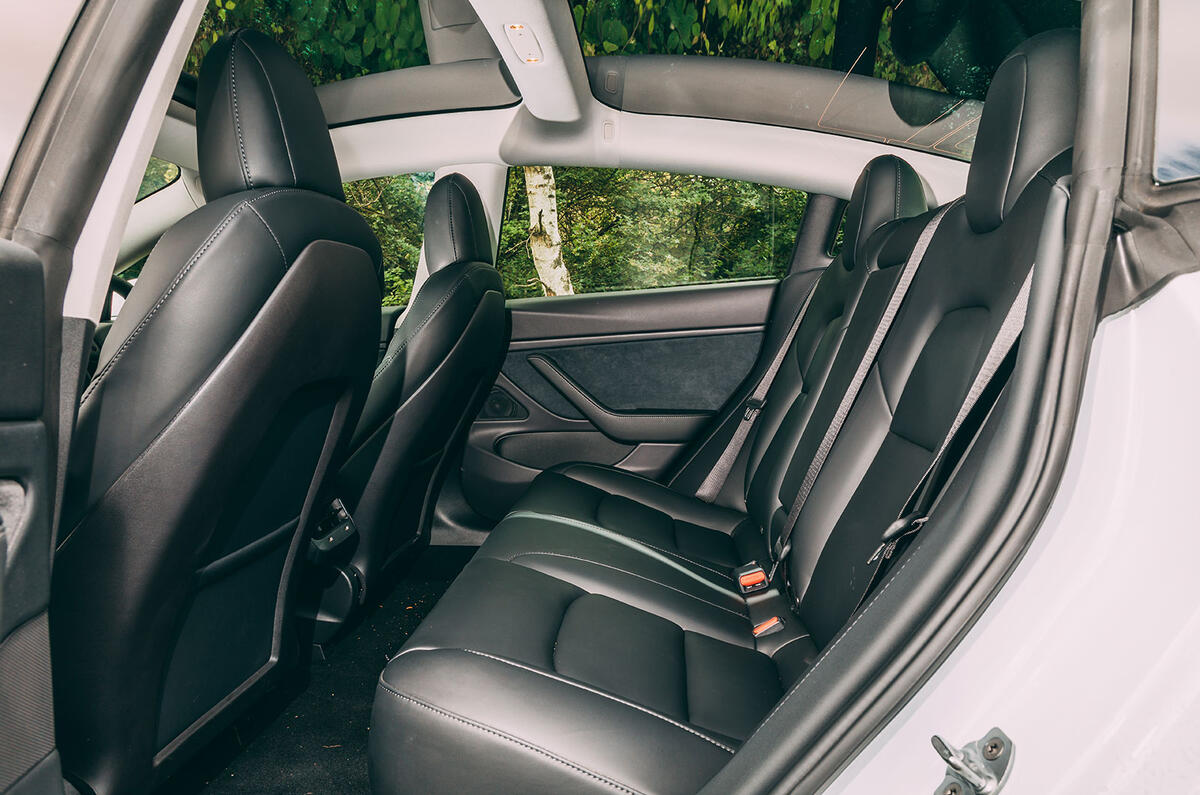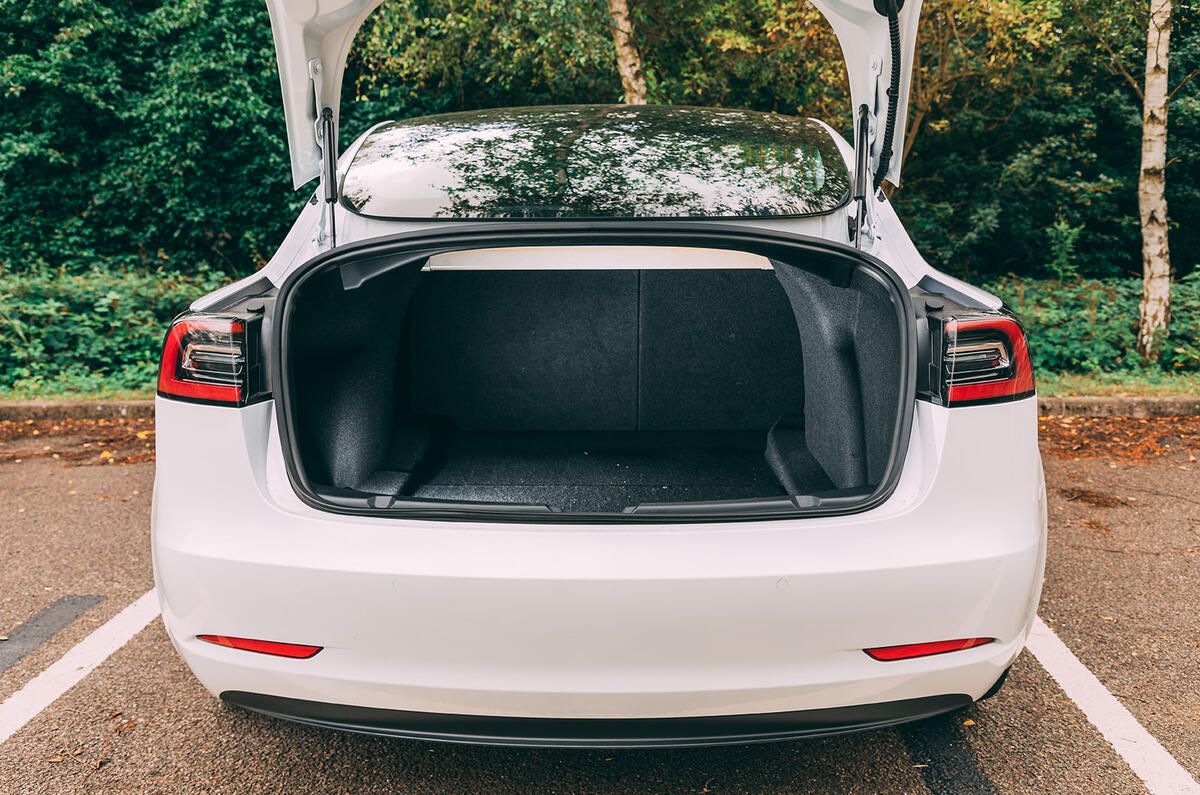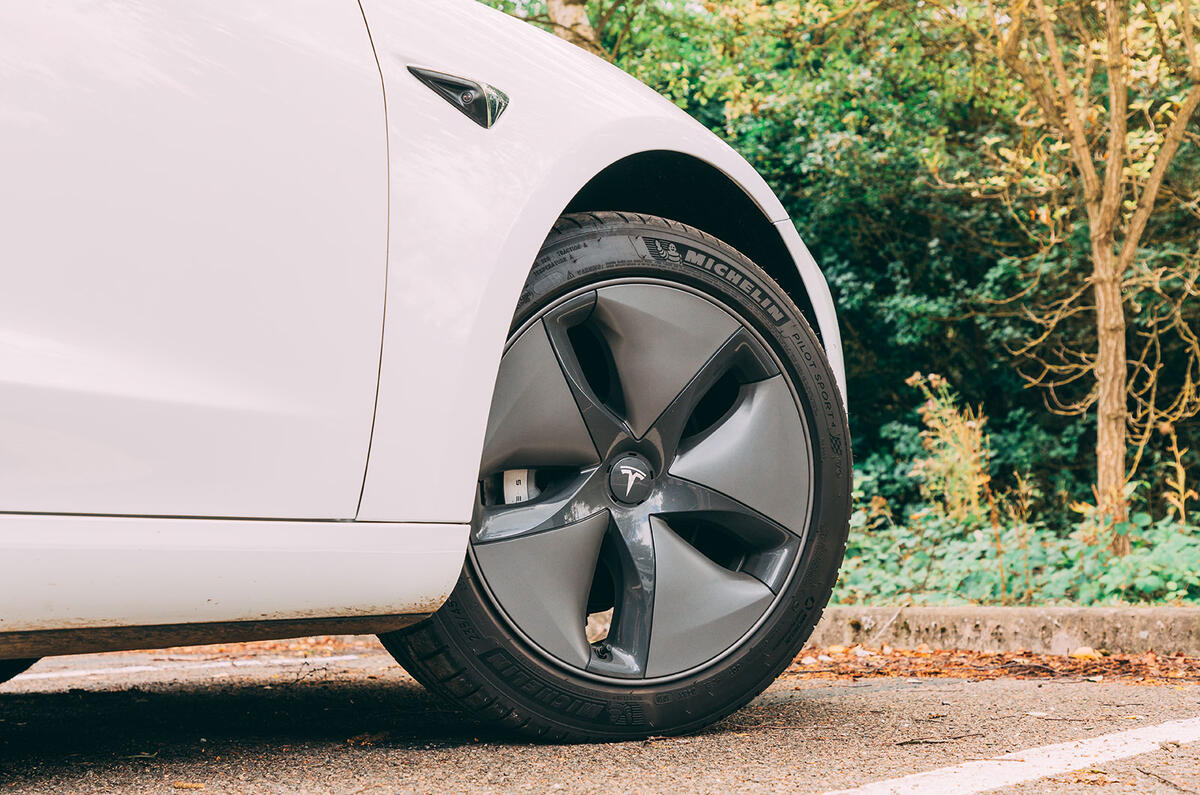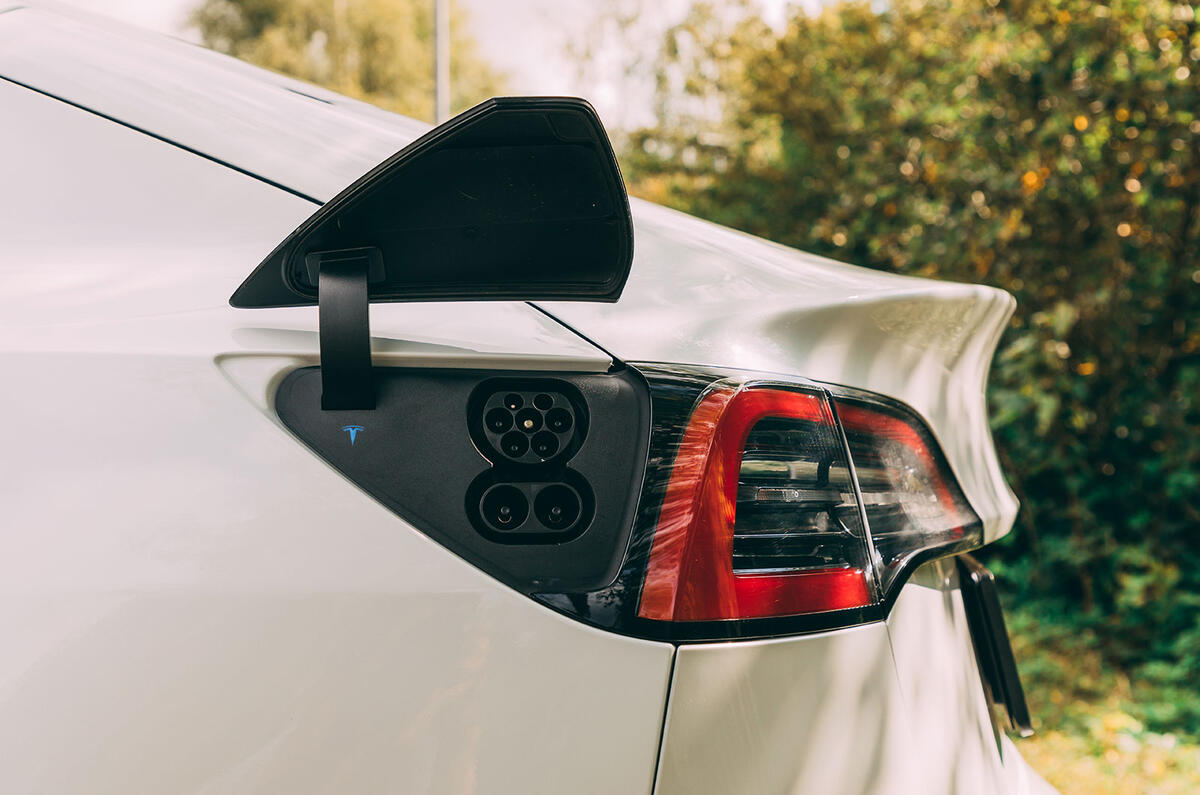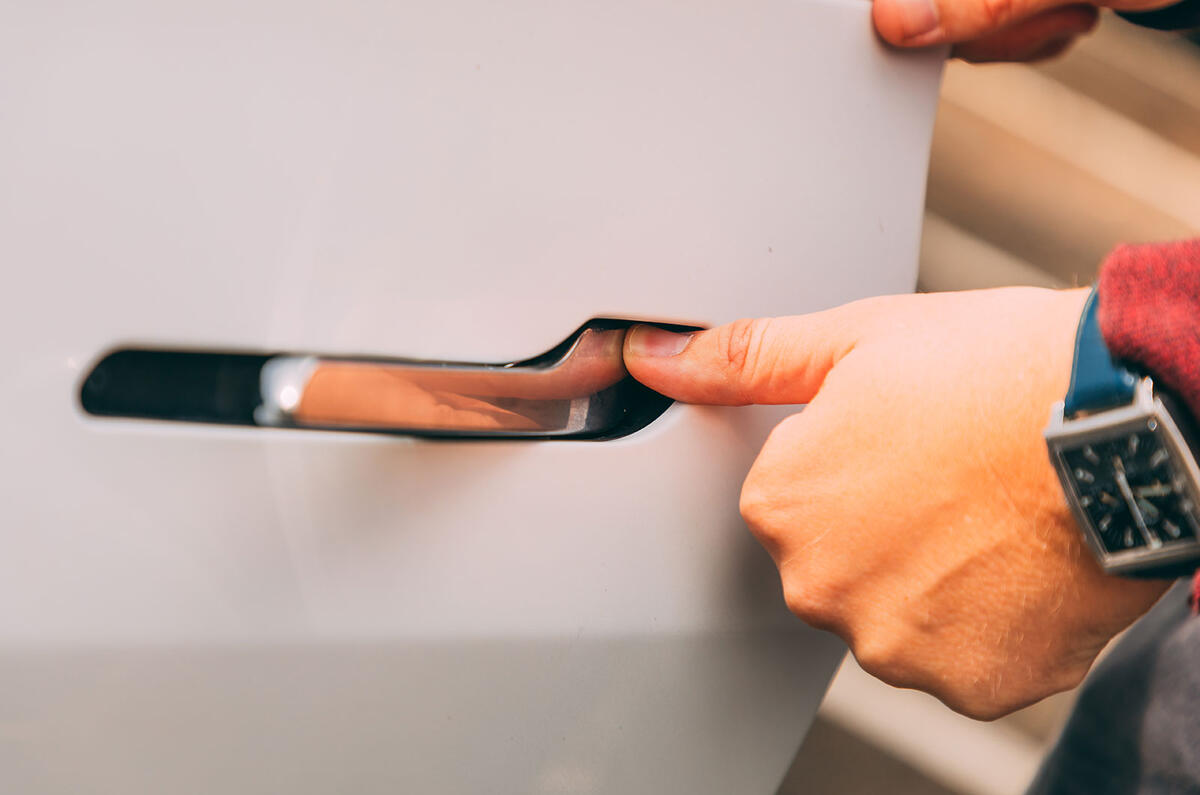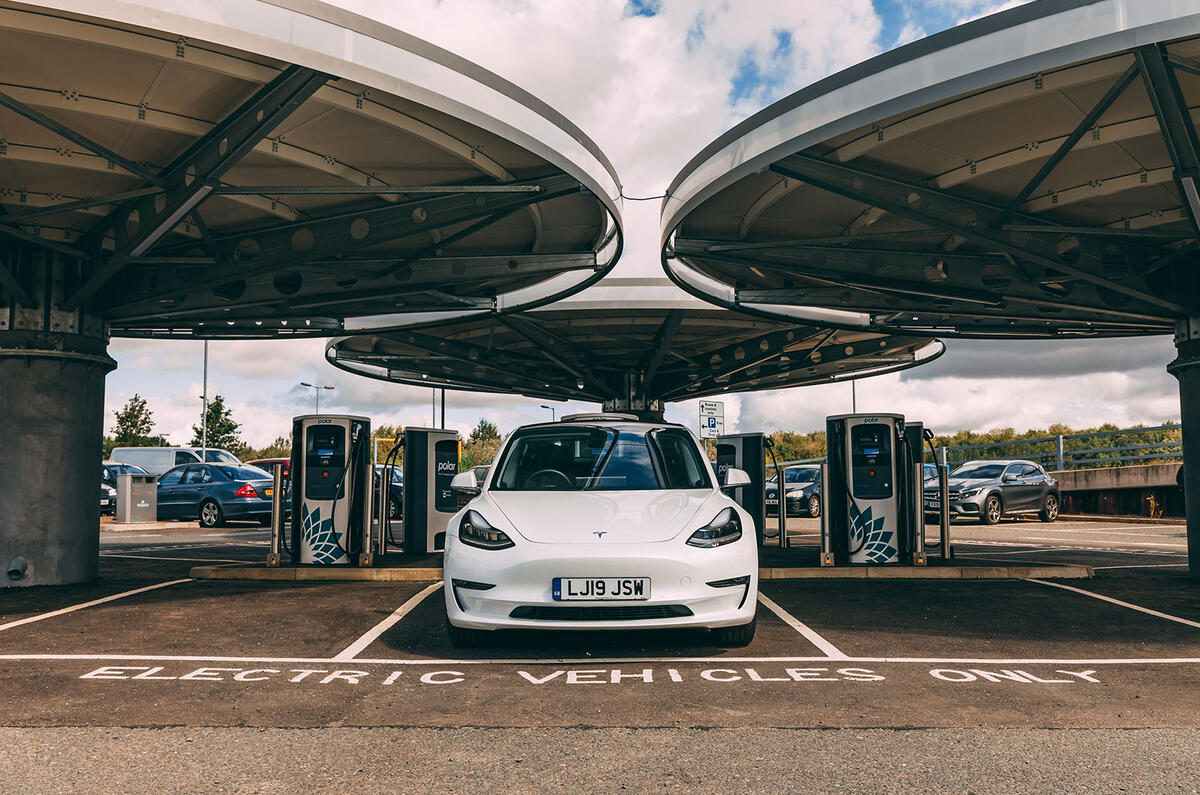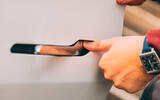Is the Tesla Model 3 reliable?
Reliabilty is good overall, but the Model 3 is known for some issues surrounding build quality. Early cars had large panel gaps (see Also worth knowing below) and misaligned trim, and some of the materials used inside weren't particularly durable.
Anyone prospective owner concerned about the lifespan of the Model 3 can take some comfort from the fact that there are plenty of examples in the classifieds that have covered more than 100,000 miles.
Battery: Degradation is unavoidable, but Tesla claims that after 200,000 miles, the battery in a Long Range car will have lost only 15% of its capacity.
Specialist EV dealers like RSEV can carry out checks on the battery to ensure that it’s in good order. Stop charging at 80% to boost longevity. Avoid cars that have been left standing, as long idle periods can damage the cells.
Software: Over-the-air software updates can bring glitches at first. These knock out the touchscreen or stop certain functions from working properly.
Make sure the car is fully up to date, and if any problems occur, try rebooting the system by holding the steering wheel buttons until the screen restarts.
Charging: Make sure the charging port door opens properly via the touchscreen or app. Software glitches can stop it from opening, but there is a manual override.
Charging cables can get locked in, so check that you can free it without difficulty. Again, there’s a manual release in the boot.


